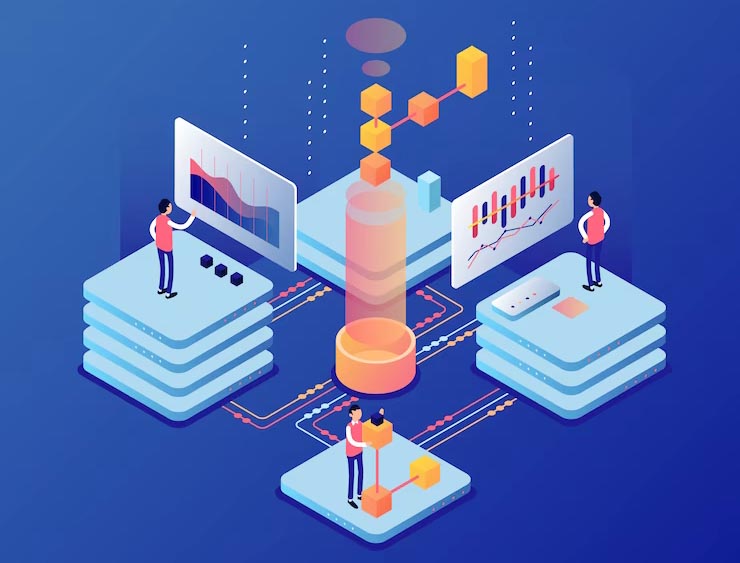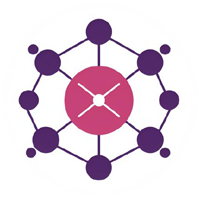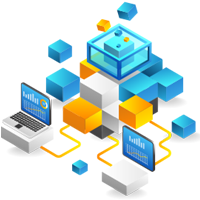Key Features of Layer One Blockchains
Native Cryptocurrency
Layer One blockchains typically have their native cryptocurrency, which serves as the primary medium of exchange and incentive mechanism within the network.
Consensus Mechanisms
Layer One blockchains employ consensus mechanisms such as proof-of-work (PoW), proof-of-stake (PoS), or delegated proof-of-stake (DPoS) to achieve distributed consensus and validate transactions.
Decentralized Governance
Layer One blockchains often feature decentralized governance models, allowing network participants to participate in decision-making processes and protocol upgrades.
Role of Evoke Blockchain in Layer One
Evoke Blockchain, as a Layer One blockchain solution, provides a robust foundation for decentralized applications (DApps), smart contracts, and digital asset management. With its high transaction throughput, scalability, and security features, Evoke Blockchain serves as a reliable infrastructure for building decentralized ecosystems and facilitating peer-to-peer transactions.
2. Layer Two Blockchain
IntroductionLayer 2 blockchains are network protocols that are built on top of a Layer 1 solution. Layer 2 protocols make use of the Layer 1 blockchain for network and security infrastructure, but they are more adaptable in terms of transaction processing and network capacity. So Layer Two blockchains are built on top of Layer One blockchains, introducing scalability solutions and additional functionalities to enhance performance and efficiency. These solutions aim to alleviate congestion on Layer One blockchains and improve the overall user experience.
Key Features of Layer Two Blockchains
Scalability Solutions
Layer Two blockchains implement off-chain scaling solutions such as state channels, sidechains, and payment channels to increase transaction throughput and reduce latency.
Interoperability
Layer Two solutions often enable interoperability between different blockchains, allowing seamless asset transfers and cross-chain communication.
Privacy and Security
Layer Two protocols may incorporate privacy-enhancing techniques such as zero-knowledge proofs and homomorphic encryption to protect user data and transactions.
Role of Evoke Blockchain in Layer Two
Evoke Blockchain can serve as a Layer Two scaling solution for Layer One blockchains, providing interoperability, scalability, and enhanced privacy features. By leveraging Evoke Blockchain as a Layer Two solution, developers and users can enjoy faster transaction processing, lower fees, and improved network efficiency.
3. Layer Three Blockchain
IntroductionLayer Three blockchains focus on building decentralized applications (DApps) and protocols that utilize Layer One and Layer Two infrastructure. These blockchains often specialize in specific use cases or industries, offering tailored solutions and features to meet diverse needs.
Key Features of Layer Three Blockchains
Specialized Use Cases
Layer Three blockchains cater to specific industries or applications, such as decentralized finance (DeFi), non-fungible tokens (NFTs), gaming, and supply chain management.
Advanced Functionality
Layer Three protocols may introduce advanced features such as oracles, decentralized autonomous organizations (DAOs), and governance mechanisms tailored to their target use cases.
Community and Ecosystem
Layer Three blockchains cultivate vibrant communities and ecosystems around their specific use cases, fostering innovation, collaboration, and adoption.
Role of Evoke Blockchain in Layer Three
Evoke Blockchain can serve as a foundational layer for Layer Three applications and protocols, providing a secure, scalable, and interoperable infrastructure for building decentralized solutions. Whether powering DeFi platforms, NFT marketplaces, or supply chain management systems, Evoke Blockchain empowers developers and entrepreneurs to create innovative solutions that drive the adoption and evolution of blockchain technology.

Conclusion
Evoke Blockchain plays a crucial role across all layers of the blockchain ecosystem, serving as a foundational layer for decentralized applications, scaling solutions, and specialized protocols. With its speed, scalability, and security features, Evoke Blockchain enables the development of innovative blockchain solutions that address diverse use cases and drive the mass adoption of decentralized technologies.
FAQs
What is a Layer One blockchain, and why is it important?
A Layer One blockchain serves as the foundational layer of the blockchain ecosystem, handling core functions such as transaction processing and consensus. It is important because it establishes decentralization, security, and scalability for the entire blockchain network.
What are some examples of Layer One blockchains?
Examples of Layer One blockchains include Bitcoin, Ethereum, and Evoke Blockchain. These blockchains provide the infrastructure for decentralized applications (DApps), smart contracts, and digital asset management.
What is a Layer Two blockchain, and how does it differ from Layer One?
A Layer Two blockchain is built on top of a Layer One blockchain and introduces scalability solutions and additional functionalities to enhance performance. Unlike Layer One, which handles core blockchain functions, Layer Two focuses on improving transaction throughput, reducing latency, and enhancing user experience.
What is a Layer Three blockchain, and what distinguishes it from Layer One and Layer Two?
A Layer Three blockchain focuses on building decentralized applications (DApps) and protocols that utilize Layer One and Layer Two infrastructure. It specializes in specific use cases or industries, offering tailored solutions and features to meet diverse needs.





